Table of Contents
- The 5 Most Essential Mediterranean Spices for Authentic Cooking
- What Actually Qualifies as a Mediterranean Spice?
- Top 12 Authentic Mediterranean Spices Explained
- Proven Cooking Techniques for Maximum Flavor
- How to Select & Store Quality Mediterranean Spices
- Most Common Mediterranean Spice Questions Answered
The 5 Most Essential Mediterranean Spices for Authentic Cooking
For authentic Mediterranean flavor in 90% of dishes, prioritize these five spices: oregano (Greek/Italian cooking), rosemary (roasted meats), thyme (soups/stews), marjoram (vegetable dishes), and fennel seeds (seafood/sausages). Unlike commonly mistaken spices like cumin and sumac (Middle Eastern, not strictly Mediterranean), these five originate from or have been used in Mediterranean cooking for centuries. Properly used, they transform simple ingredients into regionally authentic dishes within minutes.
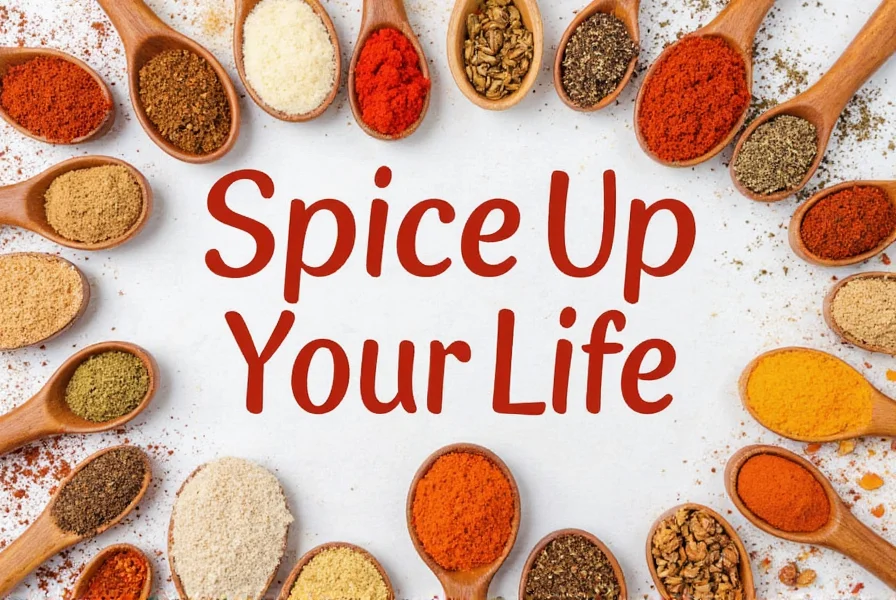
These aren't just flavor enhancers—they're culinary passports to the Mediterranean. Oregano's earthy notes define Greek salads, rosemary elevates roasted lamb, thyme creates depth in French stews, marjoram brings sweetness to Italian tomato sauces, and fennel seeds provide the distinctive flavor in Spanish sausages. Use them in these specific ratios for authentic results: 1 teaspoon dried oregano per pound of meat, 1 sprig rosemary per roast, 1/2 teaspoon thyme per soup batch, 1 teaspoon marjoram per tomato sauce, and 1 teaspoon fennel seeds per pound of sausage.
What Actually Qualifies as a Mediterranean Spice?
True Mediterranean spices originate from plants native to the Mediterranean basin or have been used in the region's cooking for at least 200 years. This distinction matters because many "Mediterranean spice" guides incorrectly include cumin, sumac, and saffron—which actually come from outside the region (Middle East and Asia). Authentic Mediterranean spices grow wild throughout Southern Europe and have been integral to local cuisines since ancient times.
Top 12 Authentic Mediterranean Spices Explained
Here's what professional chefs use for regionally accurate dishes:
- Oregano: Wild Greek oregano (Origanum vulgare subsp. hirtum) has twice the flavor intensity of common varieties. Use in tomato-based dishes and grilled meats.
- Rosemary: Tuscan rosemary has pine-like notes ideal for roasted meats. Strip leaves from stems before using.
- Thyme: French thyme (Thymus vulgaris) offers subtle lemon notes. Add early in cooking for maximum flavor extraction.
- Marjoram: Sweeter cousin to oregano, essential in Italian tomato sauces and German sausages.
- Fennel Seeds: Provide the signature flavor in Spanish chorizo and Italian sausages. Lightly toast before use.
- Bay Leaves: Mediterranean bay (Laurus nobilis) has complex notes. Always remove before serving.
- Sage: Used in Italian brown butter sauces and French poultry dishes. Use sparingly—it's potent.
- Coriander: While originating near the Mediterranean, it's been used in Greek and Italian cooking since Roman times.
- Saffron: Though primarily Spanish today, it's been cultivated in Mediterranean regions since ancient Greece.
- Capers: Not a spice but essential for Mediterranean flavor profiles, especially in Sicilian and Greek dishes.
- Lemon Verbena: Popular in French and Spanish cooking for desserts and teas.
- Epazote: Used in some Mediterranean coastal regions for bean dishes (though more common in Latin America).
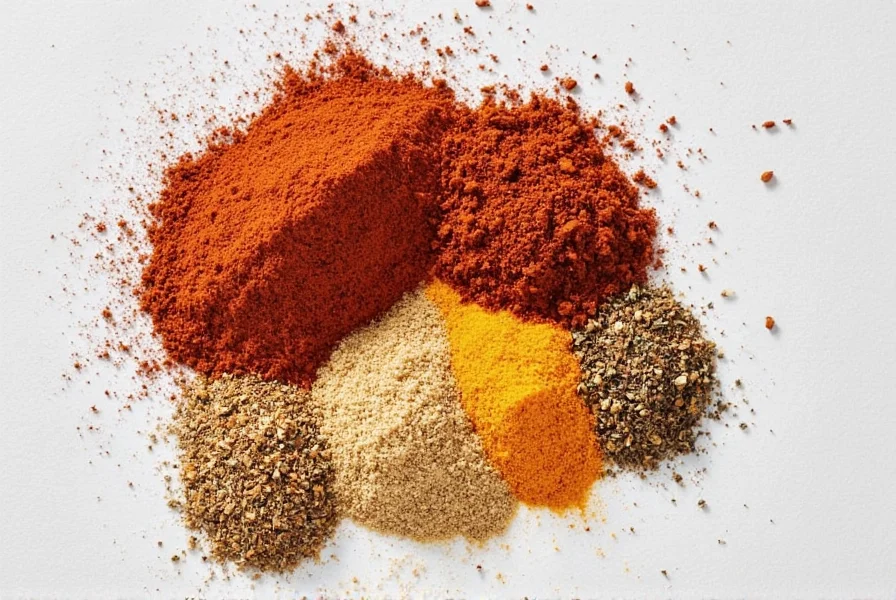
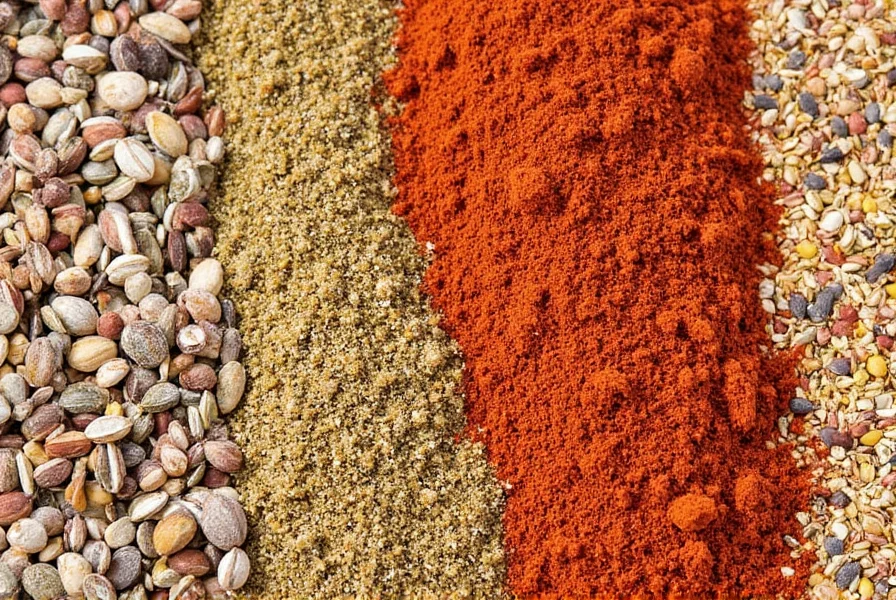
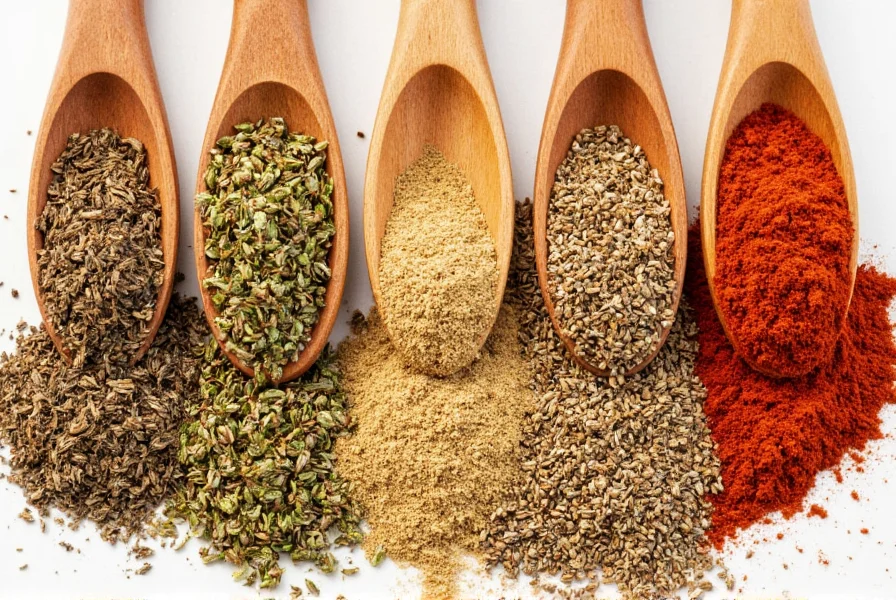
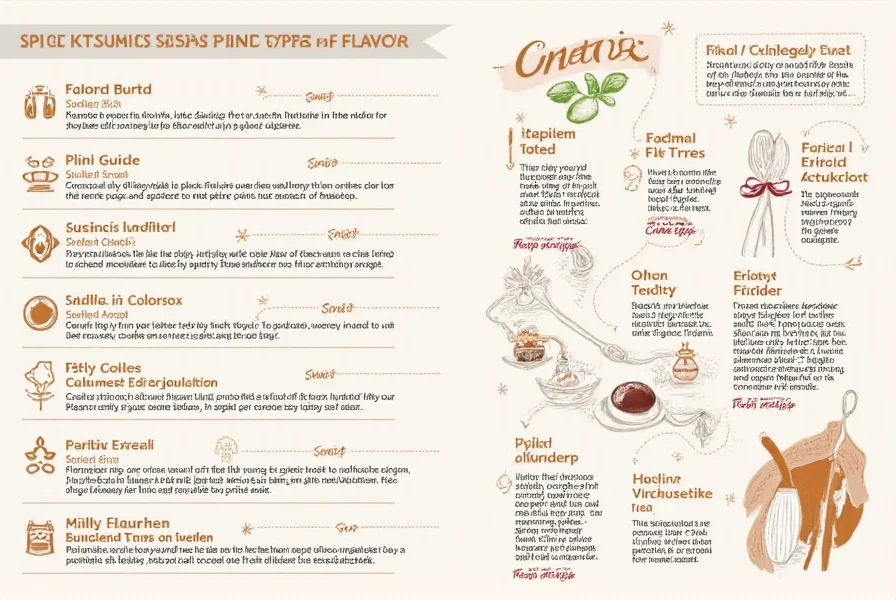
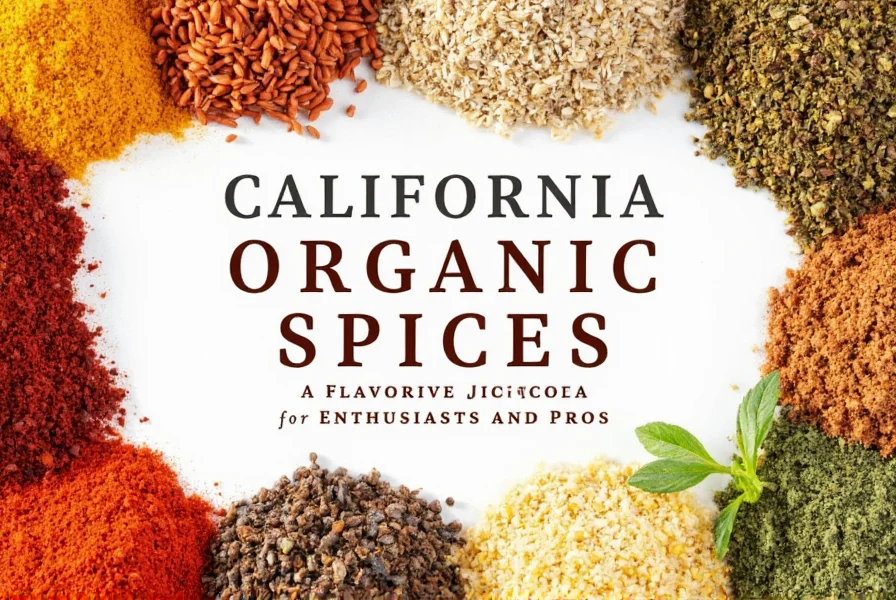
Proven Cooking Techniques for Maximum Flavor
Professional results require specific techniques:
- Toast dry spices: Heat in dry pan 1-2 minutes until fragrant (but don't burn). Works especially well for fennel seeds and coriander.
- Add at precise times: Hardy spices (rosemary, thyme) early in cooking; delicate ones (marjoram, oregano) in the last 5 minutes.
- Pair with regional ingredients: Oregano with Greek feta, rosemary with lamb, thyme with white beans.
- Create regional blends: Mix equal parts oregano, marjoram, and thyme for Greek dishes; rosemary, thyme, and bay for French.
For authentic Greek salad: Toss 1 teaspoon dried oregano with 2 tablespoons olive oil before dressing. For Spanish paella: Add saffron threads to warm broth 20 minutes before cooking. For Italian tomato sauce: Sauté 1 teaspoon dried oregano and 1/2 teaspoon marjoram in olive oil before adding tomatoes.
How to Select & Store Quality Mediterranean Spices
Most home cooks make critical mistakes when buying Mediterranean spices:
| Spice | Quality Indicators | Storage Method | Shelf Life |
|---|---|---|---|
| Oregano | Deep green color, strong aroma when crushed, no stems | Airtight glass jar, away from light | 18 months |
| Rosemary | Needles still attached to thin stems, pine-like scent | Refrigerate fresh; pantry for dried | 12 months (dried) |
| Thyme | Whole leaves (not powder), lemon scent when rubbed | Airtight container, cool dark place | 15 months |
| Saffron | Deep red threads (not powder), floral aroma, dissolves to golden color | Airtight container in freezer | 24 months |
Avoid common pitfalls: Never buy pre-ground Mediterranean spices (flavor degrades within 6 months). For maximum freshness, purchase whole spices and grind as needed. Store away from heat sources—even 10°F temperature increases can halve shelf life. Test freshness by rubbing between fingers: quality oregano should release strong aroma immediately, while stale versions smell dusty.
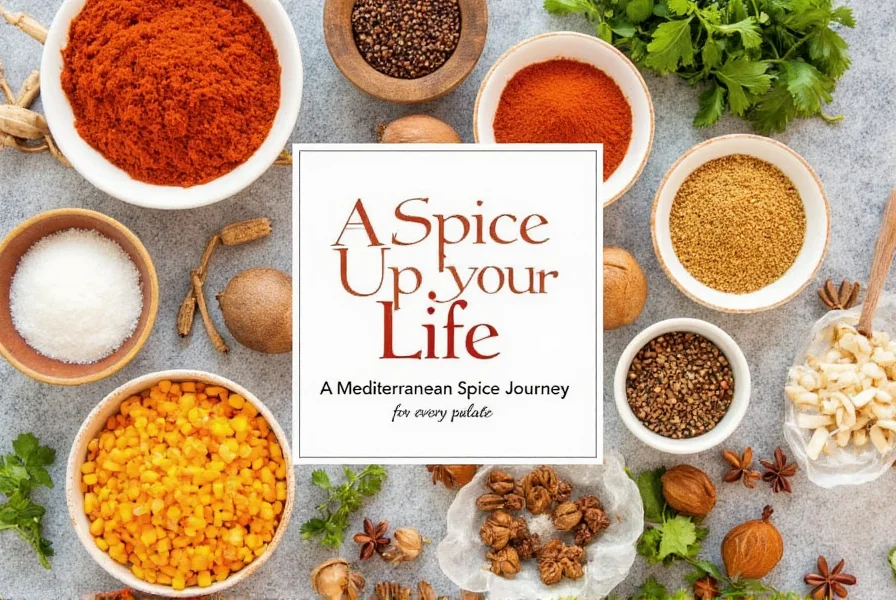
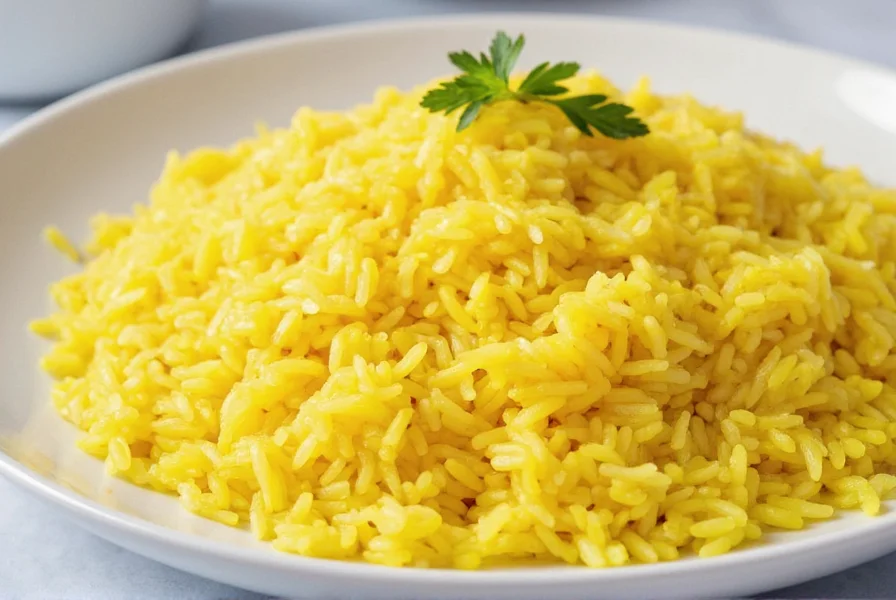
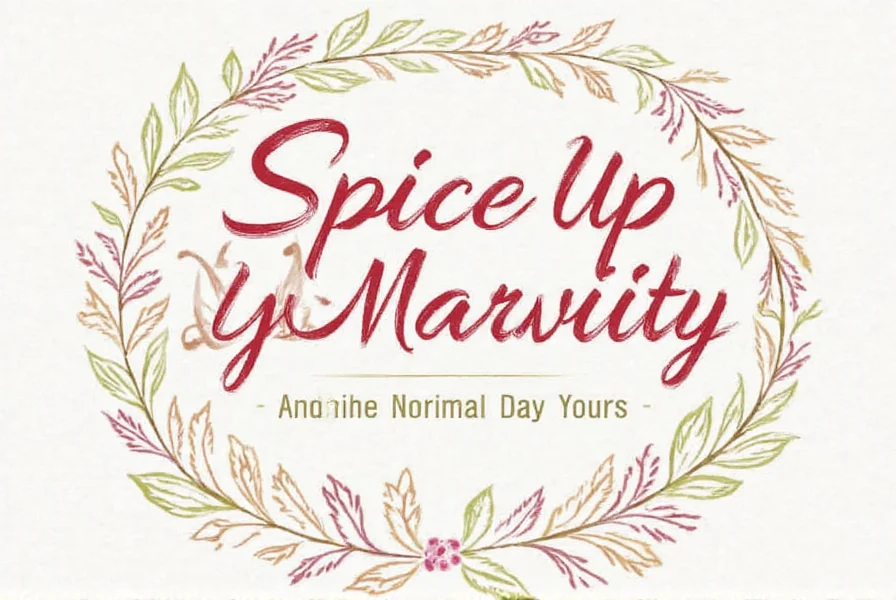
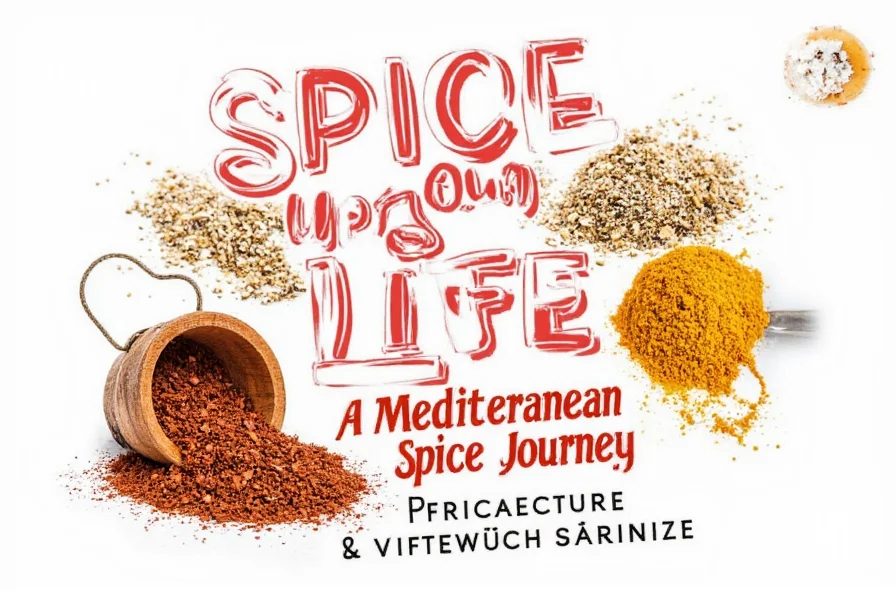
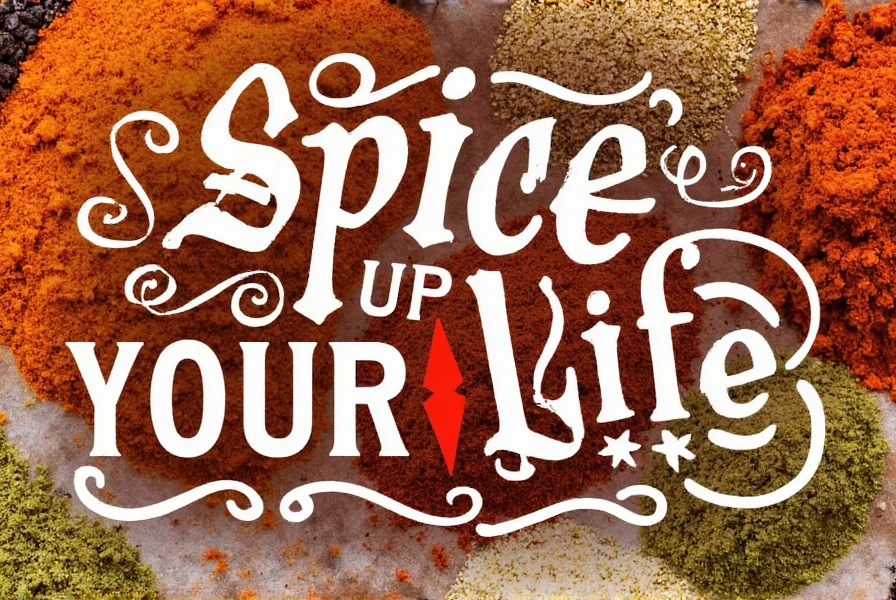
Most Common Mediterranean Spice Questions Answered
Which Mediterranean spices actually originate from the region?
True native Mediterranean spices include oregano, rosemary, thyme, marjoram, and fennel seeds—all growing wild throughout the region since ancient times. Saffron (Crocus sativus) originated in Greece but is now primarily cultivated in Spain. Coriander has been used in Mediterranean cooking since Roman times but originated further east. Cumin, sumac, and paprika are commonly mistaken as Mediterranean but actually originate from the Middle East and Americas.
How can I tell if my Mediterranean spices are still fresh?
Fresh Mediterranean spices should release strong aroma when crushed between fingers. Oregano should smell earthy and slightly peppery, rosemary should have pronounced pine notes, and thyme should offer subtle lemon fragrance. If they smell dusty or barely noticeable, they've lost potency. Another test: place saffron threads in warm water—fresh saffron creates vibrant golden color within 2 minutes, while stale versions produce pale yellow.
What's the biggest mistake people make with Mediterranean spices?
The #1 mistake is using pre-ground spices. Mediterranean herbs like oregano and rosemary lose 60% of their essential oils within 6 months of grinding. Always buy whole spices and grind as needed. Second biggest error: adding delicate spices too early in cooking. Oregano and marjoram should be added in the last 5 minutes, while hardy rosemary needs 20+ minutes to mellow. Third mistake: storing spices above the stove where heat and steam degrade quality.
How do I create authentic regional spice blends?
For Greek: 2 parts oregano, 1 part marjoram, 1/2 part thyme. For Italian: 1 part oregano, 1 part marjoram, 1/2 part fennel seeds. For French: 1 part thyme, 1 part rosemary, 1 bay leaf (crumbled). For Spanish: 1 part saffron threads (crushed), 1/2 part smoked paprika. Always toast whole spices before grinding, and store blends for no more than 3 months. Use 1 teaspoon per pound of meat or 2 servings of vegetables.
Can I substitute dried Mediterranean spices for fresh?
Yes, but with precise ratios: Use 1/3 the amount of dried spice compared to fresh (dried is more concentrated). For oregano: 1 teaspoon dried = 1 tablespoon fresh. For rosemary: 1/2 teaspoon dried = 1 1/2 teaspoons fresh. For thyme: 3/4 teaspoon dried = 2 1/4 teaspoons fresh. Always add dried spices earlier in cooking to allow time for rehydration and flavor release.
Which Mediterranean spice offers the most health benefits?
Oregano contains the highest concentration of antioxidants among Mediterranean spices—20 times more than blueberries by weight. It's rich in rosmarinic acid (anti-inflammatory) and thymol (antimicrobial). Studies show oregano can inhibit growth of foodborne pathogens like Salmonella. For maximum benefit, use in raw applications like salad dressings where heat doesn't degrade active compounds. Pair with olive oil to enhance absorption of fat-soluble antioxidants.











 浙公网安备
33010002000092号
浙公网安备
33010002000092号 浙B2-20120091-4
浙B2-20120091-4